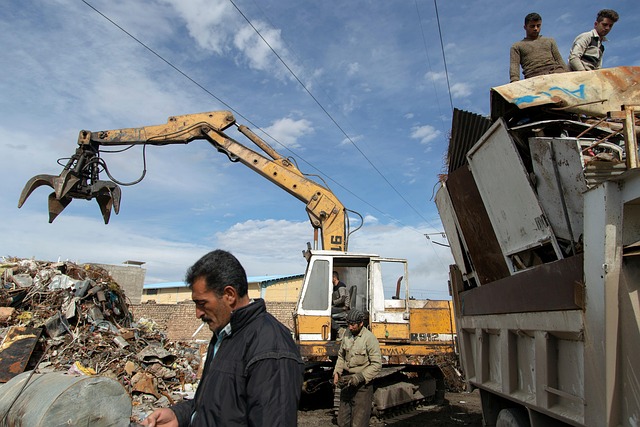In the real estate sector, safety compliance regulations are vital for preserving property value, protecting tenants, and avoiding legal issues. These regulations cover structural integrity, fire safety, accessibility, and environmental factors. Property managers, developers, and investors must stay informed about local, state, and federal guidelines, conduct regular inspections, maintain updated emergency equipment, and promptly address hazards to enhance tenant well-being and property appeal. Adopting comprehensive strategies, fostering a culture of safety, leveraging technology, and conducting staff training are key to upholding high safety standards and ensuring legal compliance in real estate management.
In the dynamic realm of real estate, maintaining facilities for safety compliance is paramount. This comprehensive guide explores the intricate balance between regulatory adherence and property management excellence. From understanding safety compliance regulations specific to real estate to adopting best practices in facilities maintenance for risk mitigation, we provide strategies to ensure continuous compliance and safety. Dive into these insights to revolutionize your approach to property management.
Understanding Safety Compliance Regulations in Real Estate

In the real estate sector, adhering to safety compliance regulations is not just a legal necessity but also a cornerstone for maintaining property value and ensuring tenant well-being. These regulations cover a broad spectrum of issues, from structural integrity and fire safety to accessibility and environmental considerations. Understanding these rules is paramount for property managers, developers, and investors alike. Failing to comply can result in hefty fines, legal disputes, and damage to reputation.
Real Estate professionals must stay informed about local, state, and federal guidelines that apply to their properties. This includes regular inspections, timely maintenance, and implementation of safety features as required by law. By doing so, they mitigate risks, protect tenants, and avoid potential liabilities. Staying compliant not only ensures the physical safety of occupants but also fosters a positive living or working environment, enhancing the overall appeal and value of real estate assets.
Facilities Maintenance Best Practices for Risk Mitigation

In the realm of real estate, maintaining facilities for safety compliance is paramount. Regular and thorough facility maintenance acts as a robust risk mitigation strategy, ensuring that properties meet all necessary health and safety standards. By implementing best practices, property managers and owners can create an environment that minimizes potential hazards and promotes tenant well-being.
These best practices include conducting routine inspections to identify and rectify issues promptly, adhering to strict cleaning protocols to prevent the spread of diseases, and regularly updating emergency equipment to ensure their functionality. Additionally, staying informed about evolving safety regulations and industry standards is crucial, allowing for proactive adjustments in maintenance routines. Such diligent facility management not only complies with legal requirements but also enhances the property’s overall value and appeal.
Strategies to Ensure Continuous Compliance and Safety in Property Management

In the real estate sector, maintaining facilities for safety compliance is paramount. To ensure continuous adherence to safety standards, property managers should implement robust systems and regular inspections. This includes staying updated on relevant regulations, conducting thorough risk assessments, and addressing potential hazards promptly. By fostering a culture of safety awareness among staff and tenants, management can create an environment that mitigates risks effectively.
Moreover, leveraging technology for proactive monitoring is a strategic move. Smart building solutions, such as automated fire detection systems and real-time monitoring platforms, enable managers to identify and rectify issues swiftly. Regular training sessions for staff on safety protocols and emergency response procedures are also essential. These measures collectively contribute to maintaining high safety standards, enhancing tenant satisfaction, and ensuring compliance with legal requirements in the property management landscape.






